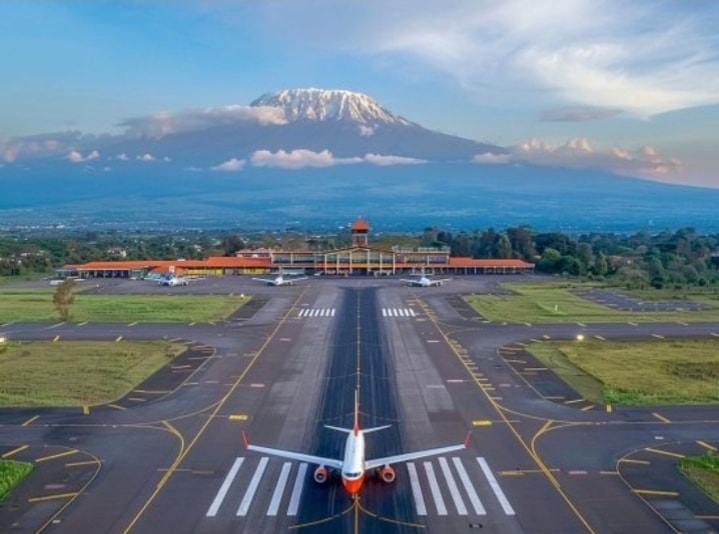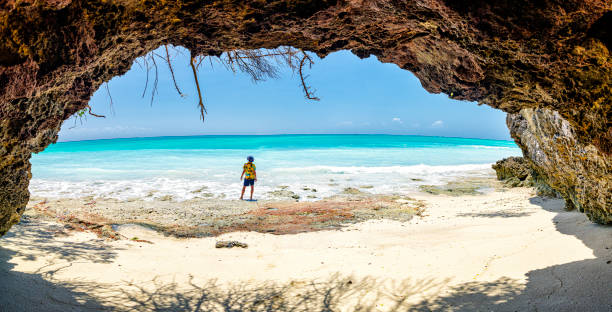The Vibrant Culture of Tanzania: A Look at Traditions and Diversity

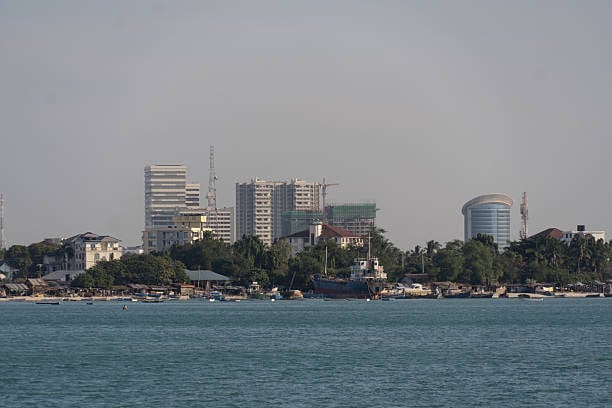
Nestled in East Africa, Tanzania is a land of breathtaking contrasts, from the snow-capped peak of Mount Kilimanjaro to the sun-drenched beaches of Zanzibar.
But beyond its world-famous landscapes lies a treasure even more profound: its people. The culture of Tanzania is a stunning mosaic, woven from the threads of over 120 distinct ethnic groups, a rich history of trade and migration, and a unifying national identity.
This article explores the vibrant spirit of Tanzanian culture, offering a glimpse into the traditions, languages, and heritage that make this nation on the African continent truly unique.
Linguistic Diversity and the National Language
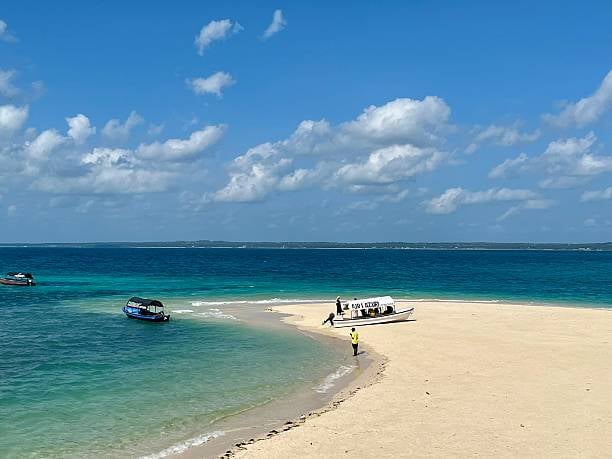
Tanzania presents a fascinating linguistic landscape.
While English is widely used in government, business, and higher education, Swahili (Kiswahili) holds the title of the national language. It serves as a powerful unifying force, allowing diverse communities to communicate and share a common identity.
The country technically has two official languages- Swahili and English - a legacy that reflects its history.
The prominence of English can be traced back to the period of British rule, when it was instituted as the colonial language of administration.
However, Swahili’s roots run deeper, having evolved over centuries as a trade language along the East African coast. Today, it is the most widely spoken language in the nation, used in parliamentary debates, primary schooling, and everyday conversation, binding the nation together.
The Role of Swahili Culture in Everyday Life
More than just a language, Swahili represents a distinct identity. Swahili culture is most prominent along the coast and on the Zanzibar archipelago, areas historically shaped by centuries of maritime trade.
This heritage is a blend of Bantu, Arab, Persian, and Indian influences, brought to these shores by sailors and Arab merchants.
This fusion is visible in the architecture, the dhow sailing boats that still dot the Indian Ocean, and especially the cuisine.
The influence of Omani Arabs, who once ruled Zanzibar, is particularly strong, embedding unique flavors and traditions into the coastal lifestyle. The richness of swahili cuisine is a direct reflection of this historical melting pot.
Tanzania’s Ethnic Groups and Traditions
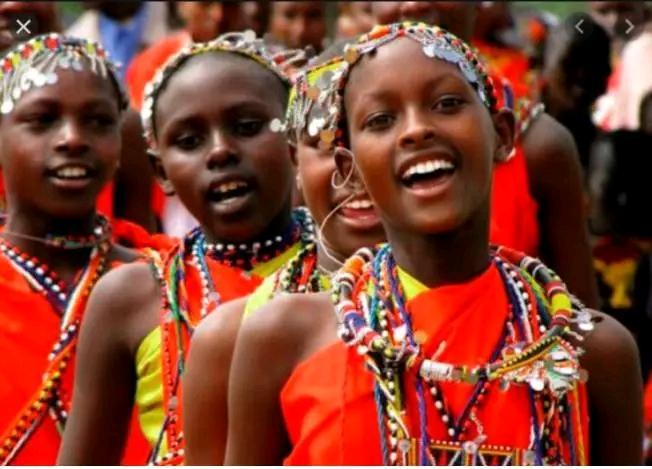
Tanzania is a testament to peaceful coexistence, home to more than 120 ethnic groups living in harmony.
This incredible diversity is a cornerstone of the national identity, with each group contributing its unique customs, art, and traditions to the nation’s cultural tapestry. While some cultural practices are shared, most groups maintain their distinct heritage.
The vast majority of these communities are of Bantu origin, having migrated into the region over millennia. These Bantu tribes brought with them agricultural skills and ironworking technologies that transformed the landscape.
Today, understanding the diversity of these African peoples is key to appreciating Tanzania's soul. The government's emphasis on a unified national identity over tribal affiliation has helped foster a sense of shared citizenship among the local people.
The Sukuma – Tanzania’s Largest Ethnic Group
The Sukuma are the largest ethnic group in Tanzania, primarily inhabiting the regions south of Lake Victoria.
They are traditionally agriculturalists, cultivating crops like cotton, cassava, and maize on the fertile Tanzanian land. Their culture is rich with storytelling, and their "Bugobogobo" (snake dance) is a mesmerizing performance art that showcases their connection to the natural world.
The Maasai – Nomadic Pastoralists of Northern Tanzania
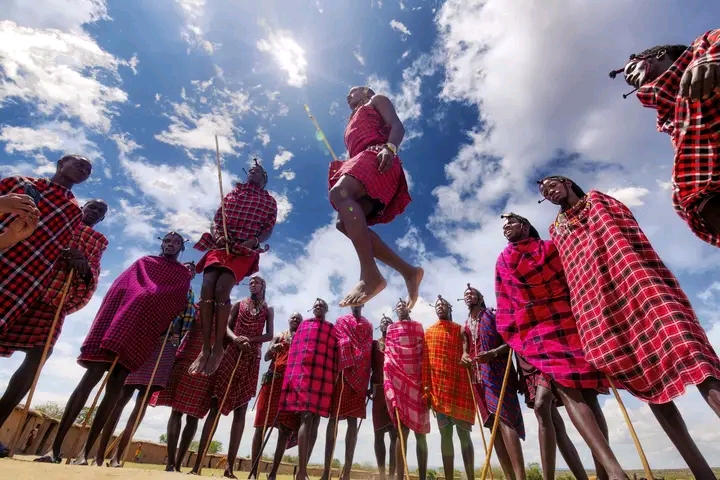
Instantly recognizable with their vibrant red shukas and intricate beadwork, the Maasai of northern Tanzania are proud nomadic pastoralists.
Their culture is centered around their cattle, which are their primary source of wealth and sustenance.
Despite the pressures of modernity, many Maasai continue to practice their semi-nomadic lifestyle, preserving a deep spiritual connection to their ancestral lands in the Great Rift Valley.
The Chagga – Agriculture on the Slopes of Kilimanjaro
The Chagga people reside on the fertile slopes of Mount Kilimanjaro, a region known for its lush coffee and banana plantations.
Hailing from a Bantu origin, they are renowned for their sophisticated agricultural techniques, including intricate irrigation systems that have been in use for centuries.
Their proximity to the southern highlands has shaped their unique farming practices and cultural resilience.
Arts, Crafts, and the Music Industry
Tanzanian art is as diverse as its people.
The Makonde people of the south are world-renowned for their intricate ebony carvings, which often depict spirits, family lineages, and cultural stories.
Another popular art form is Tingatinga painting, characterized by its bright, enamel-based colors and stylized depictions of wildlife and village life.
The modern music industry in Tanzania is dominated by "Bongo Flava," a genre that fuses elements of hip-hop, R&B, and traditional Tanzanian rhythms.
This vibrant music scene has produced many famous Tanzanian musicians who have gained international acclaim.
Tanzanian Cuisine and the Flavors of the East African Coast
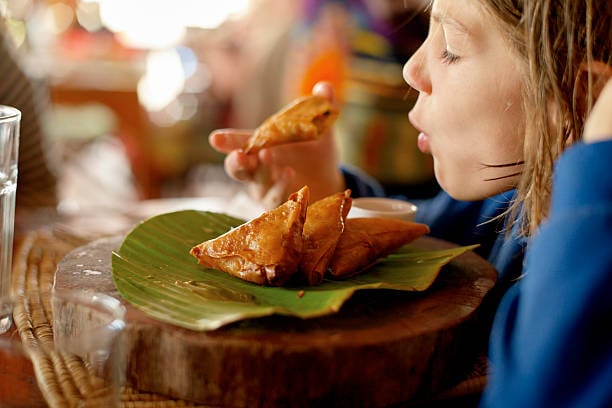
Tanzanian cuisine is hearty, flavorful, and deeply connected to the local geography.
Staples include ugali (a stiff maize porridge), rice, and grilled meats, especially nyama choma (roasted goat meat). Along the east african coast and in the coastal regions, the food transforms into aromatic swahili cuisine.
Here, dishes are rich with spices like cloves, cinnamon, and cardamom, a legacy of the historic spice trade.
The generous use of coconut milk in curries, rice dishes (pilau and biryani), and stews is a hallmark of coastal cooking.
From street-food vendors selling samosas and grilled cassava to family feasts, food is a central part of Tanzanian social life.
Religion, Traditional Beliefs, and Indigenous Practices
Tanzania maintains a high degree of religious tolerance, with Christianity and Islam being the two dominant faiths.
However, many Tanzanians, regardless of their primary religion, continue to incorporate traditional beliefs into their daily lives. These practices often involve honoring ancestors and respecting the natural world.
The indigenous people of Tanzania have rich spiritual systems that predate the arrival of Christianity and Islam.
While a smaller percentage of the population exclusively follow indigenous belief systems, their influence is widespread.
These indigenous belief systems often emphasize a connection to the land, community, and the spiritual forces that govern life, contributing to the country’s unique cultural fabric.
National Holidays and Cultural Celebrations
Tanzania’s calendar is filled with vibrant celebrations that reflect its history and culture.
Major national holiday events include Union Day (April 26), which celebrates the unification of Tanganyika and Zanzibar to form the United Republic of Tanzania, and Independence Day (December 9).
These events are marked with parades, political speeches, and communal festivities.
The national anthem, Mungu Ibariki Afrika (God Bless Africa), is a powerful symbol of unity and pan-African sentiment, sung with pride at national events.
The structure of the federal republic ensures that both mainland Tanzania and Zanzibar have their own holidays as well, celebrating their unique histories.
History and Colonial Influences
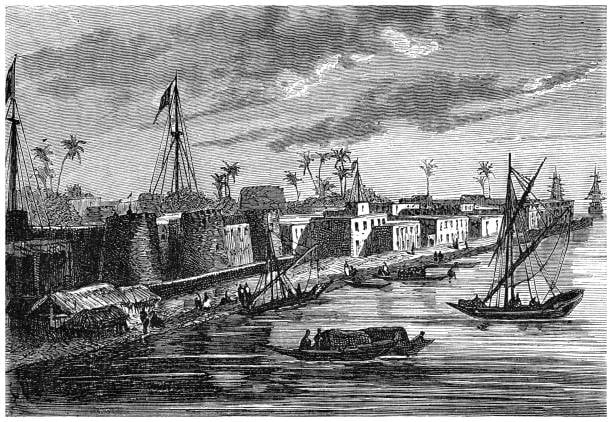
To understand modern Tanzania, one must look to its past.
The colonial period began in the late 19th century when the region became a German colony known as Germany East Africa.
A German colonial officer administered the territory with a firm hand, a period that ended when Germany surrendered its colonies after World War I.
The territory was then handed over to Great Britain under a League of Nations mandate, marking the start of nearly half a century of British rule.
The path to independence was paved by movements like the Tanganyika African National Union (TANU), led by Julius Nyerere. During World War II, as a British territory, Tanganyika contributed soldiers and resources to the allied war effort.
The legacy of historical figures like the missionary and explorer Doctor Livingstone, whose anti-slavery campaigns drew international attention to the region, also shaped this era.
Eventually, the Tanzania African National Union helped guide the nation to independence and its eventual union with Zanzibar.
Geography and Natural Heritage
Tanzania’s geography is a core part of its cultural identity.
The stunning coastline along the Indian Ocean and the historic Zanzibar archipelago have been gateways for trade and cultural exchange for centuries. Mainland Tanzania is a vast plateau, punctuated by the dramatic Great Rift Valley.
The country is home to some of the world's most spectacular natural wonders, which are deeply ingrained in the national consciousness.
This includes Africa’s great lakes, such as Lake Tanganyika and Lake Victoria. The nation's commitment to conservation is evident in its network of protected areas.
Visiting a national park like the Serengeti, Tarangire National Park, or the UNESCO World Heritage site of Ngorongoro Crater is not just a safari experience; it's a connection to a heritage that Tanzania has pledged to protect for humanity.
Modern Tanzania – Education, Society, and Policy

Today, modern Tanzania is a dynamic and evolving nation. The government's social policy Tanzania focuses on improving healthcare and education.
Significant efforts have been made to expand the entire educational system, from primary schools to universities, to foster a skilled workforce. These initiatives have contributed to a rising life expectancy over the past few decades.
Urban centers like Dar es Salaam are hubs of commerce, innovation, and culture. Here, modern trends blend with tradition. For instance, the emergence of Tanzanian wines, inspired by the success of South African wines, shows a growing engagement with global culture while creating a uniquely local product.
This blend of old and new defines the forward-looking spirit of the nation.
Summary – Tanzania Culture as a Living Heritage
From the rhythms of Bongo Flava in Dar es Salaam to the ancient stories of the Maasai, Tanzanian culture is a living, breathing entity.
It is a culture of unity, where over 120 ethnic groups come together under one flag, speaking one national language.
The warmth of its people, the richness of its history, and the sheer diversity of its traditions make Tanzanian culture one of the most captivating in the East African region.
This heritage is not just preserved in museums; it is lived every day by its several groups across the nation.
Frequently Asked Questions (FAQ)
How many ethnic groups are in Tanzania?
Tanzania is home to over 120 distinct ethnic groups. The largest of these is the Sukuma people, followed by groups such as the Nyamwezi, Chagga, and Maasai. Despite this diversity, the country is known for its national unity and peaceful coexistence.
What is the national language of Tanzania?
The official national language of Tanzania is Swahili (Kiswahili). It is spoken by the vast majority of the population and serves as a unifying language for the country's diverse ethnic communities. English is also an official language, used in higher education and international business.
What are famous dishes from Tanzanian cuisine?
Famous dishes from Tanzanian cuisine include Ugali (a stiff maize porridge), Nyama Choma (grilled meat), and Pilau (spiced rice). Along the coast, swahili cuisine features dishes rich with spices and coconut milk, such as fish curry and Zanzibar biryani.
Which national parks are part of Tanzania’s cultural identity?
Tanzania’s national parks are integral to its identity. Iconic sites like the Serengeti, Ngorongoro Crater, and Tarangire National Park are not just tourist destinations but symbols of the nation's commitment to preserving its natural heritage. For many local communities, these landscapes are also ancestral lands with deep cultural significance.

